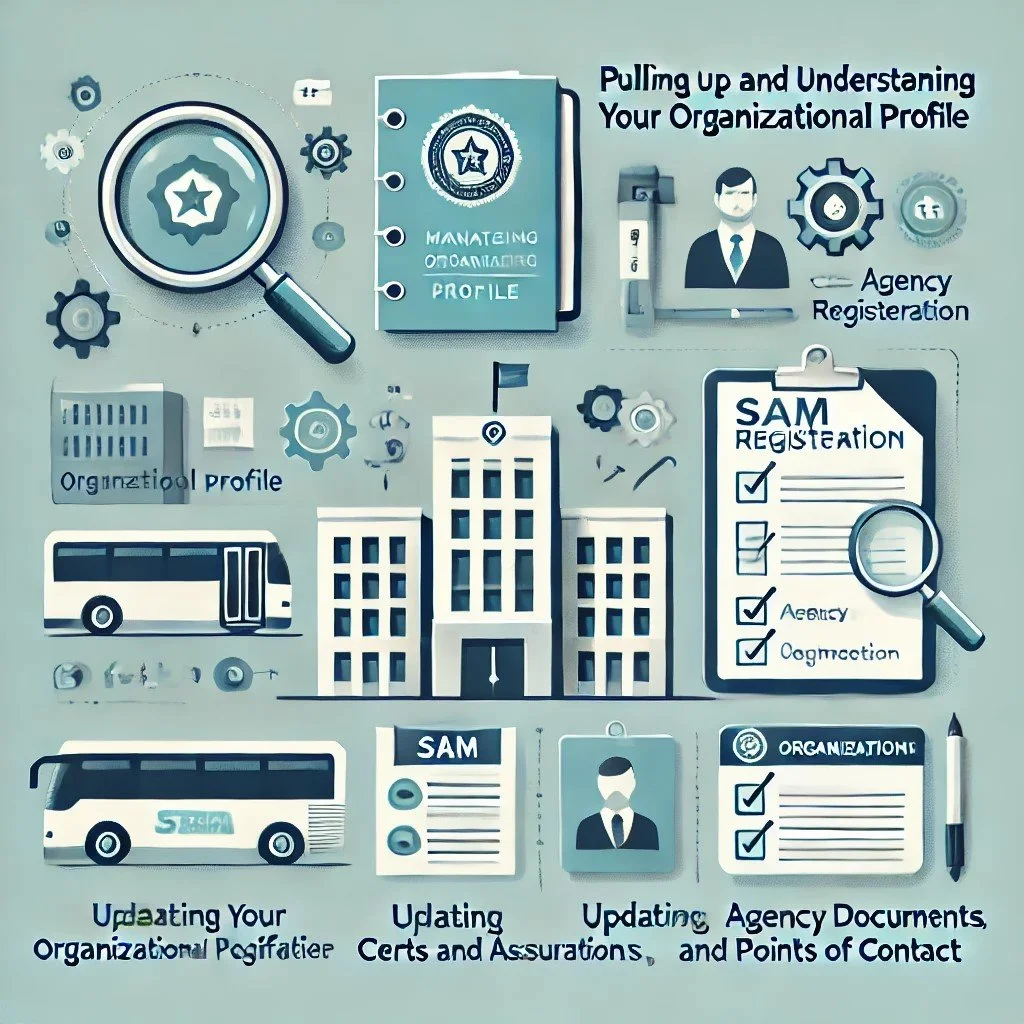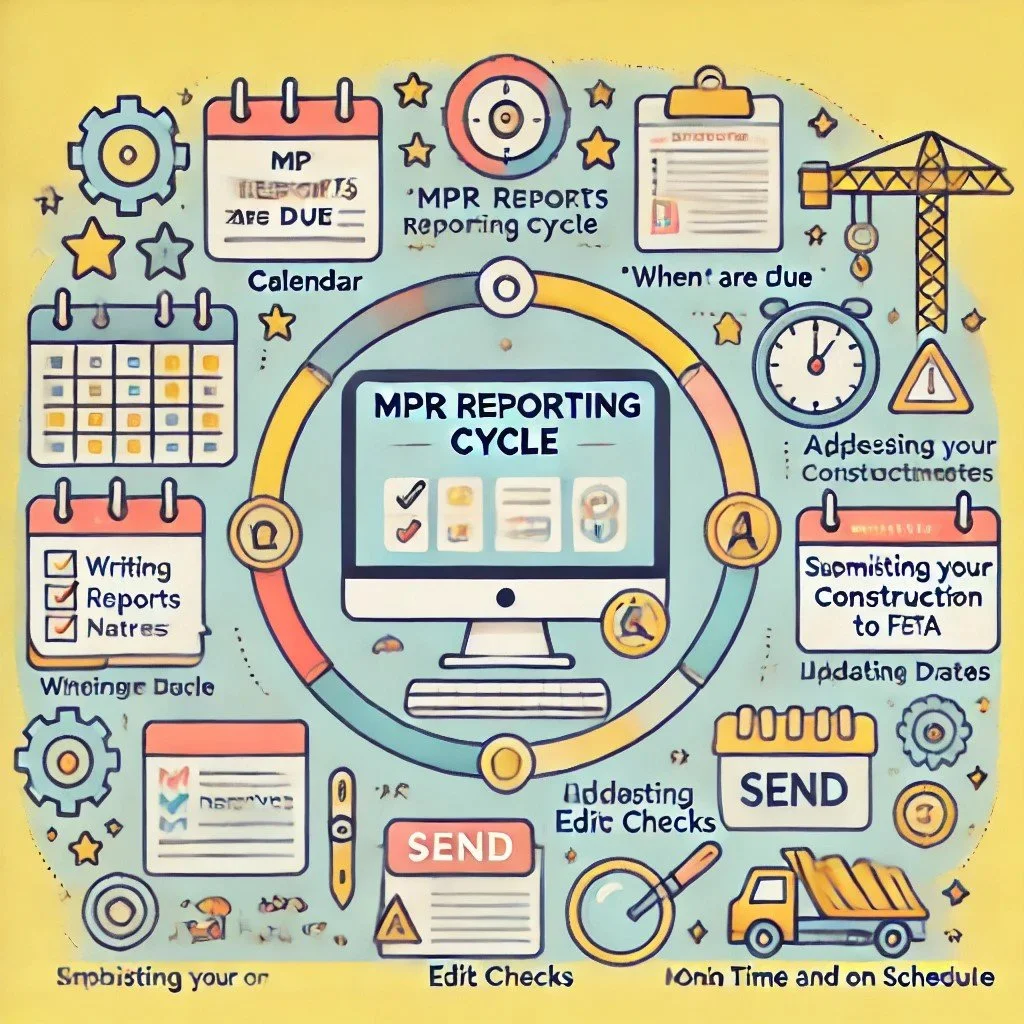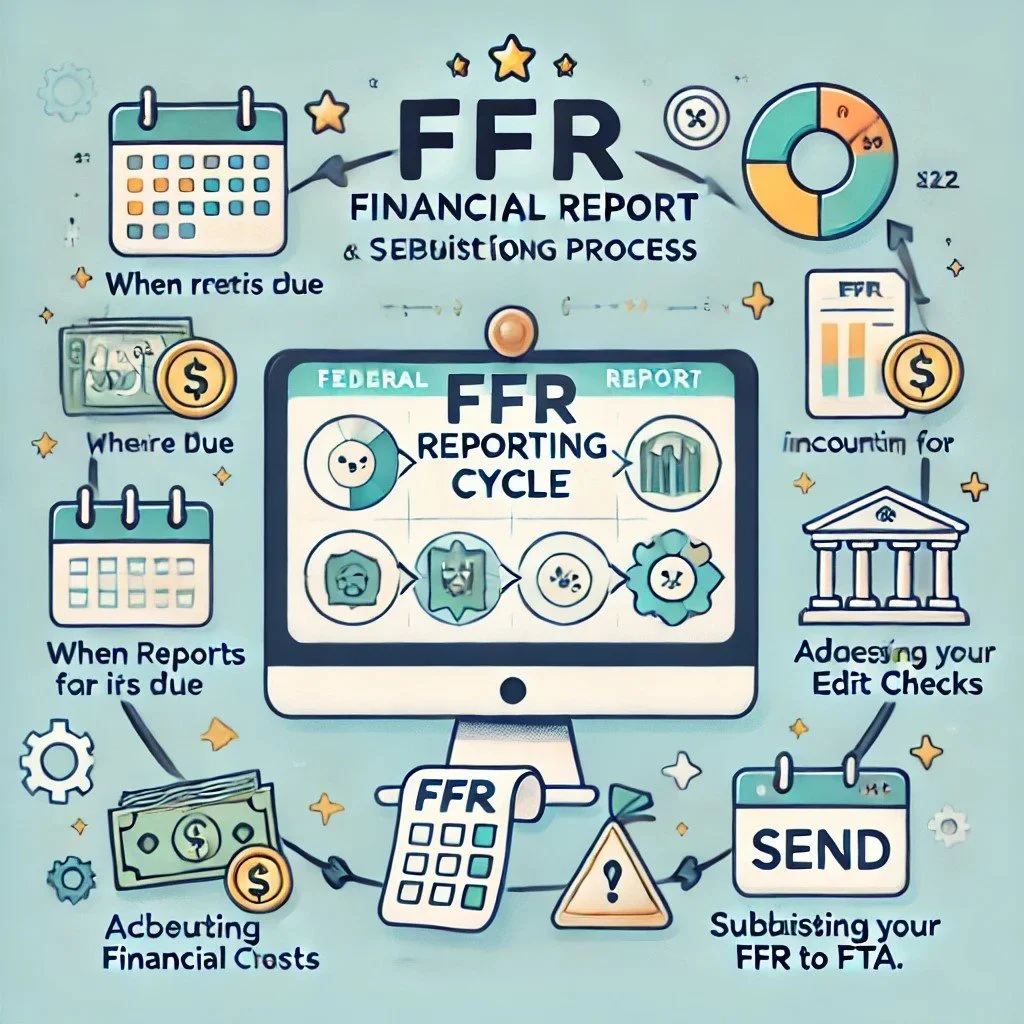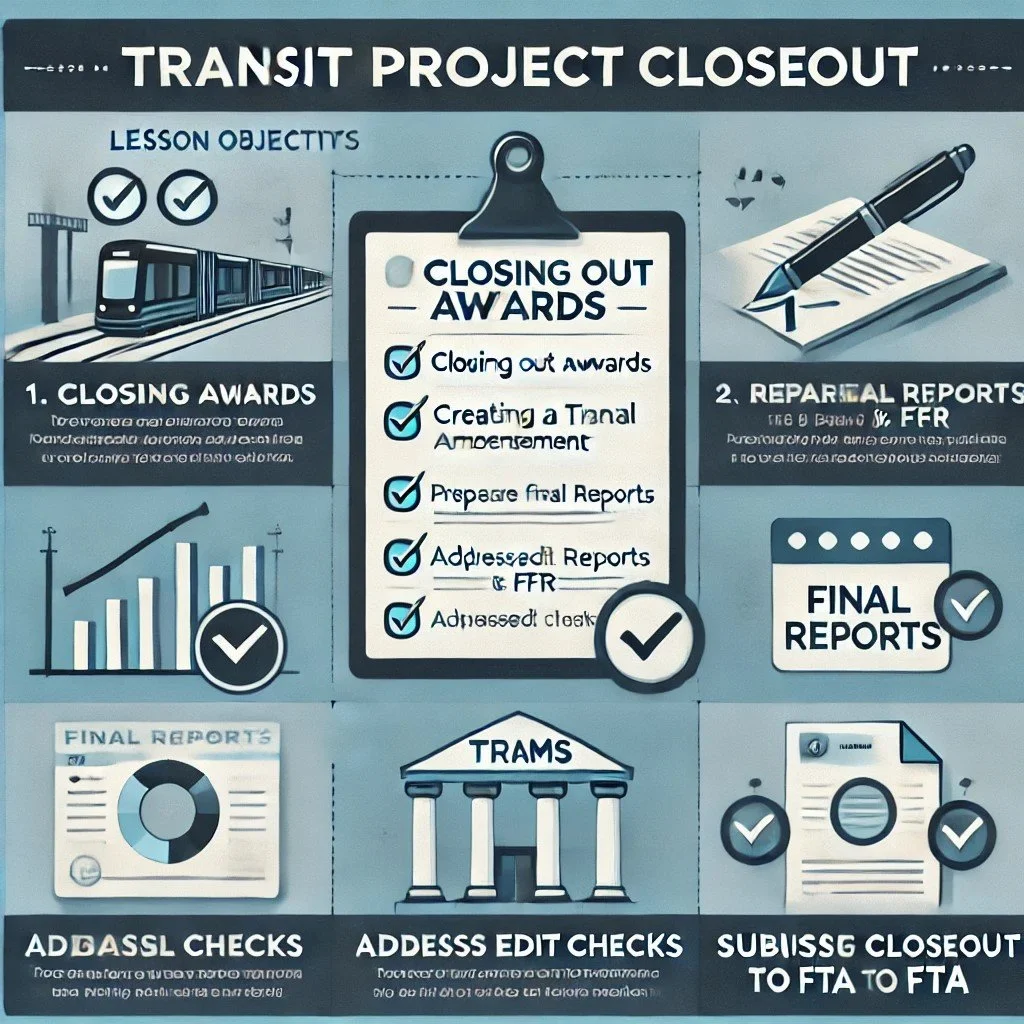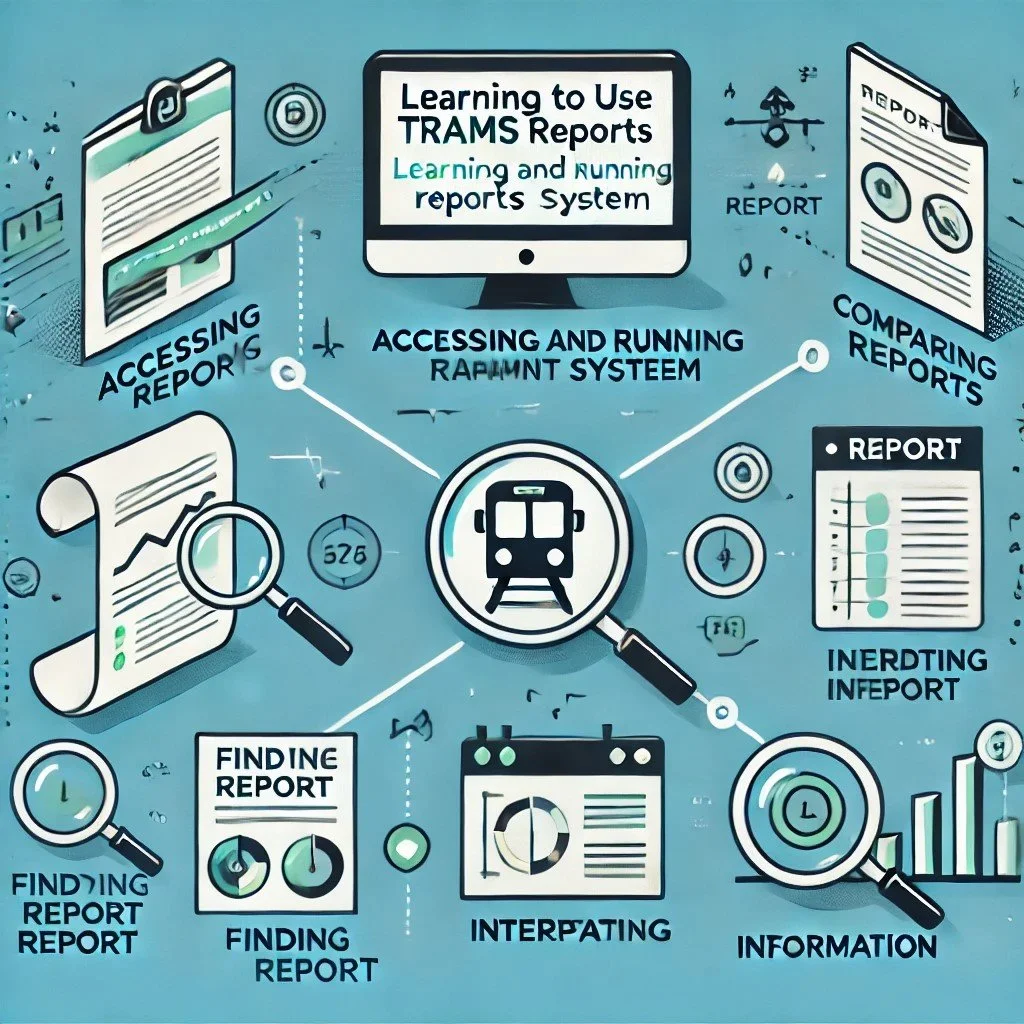Master TrAMS One Lesson at a Time
TrAMS is a complex IT system and there is a lot to learn. That’s why our curriculum breaks the content into manageable modules. Each Lesson includes navigation directions, practical tips, live demonstrations, hands-on learning, and plenty of chances to ask questions and explore specific scenarios. Participants will also receive slides and a training recording for later use.
Lesson 1: Accessing TrAMS
What You Will Learm
How to request access to TrAMS; How to be assigned the right user roles; How to log on for the first time; How to avoid getting locked out; How to keep your account up to date.
Lesson 2: Your Agency Profile
What You Will Learn
How to pull up your organizational profile and understand the information; How to maintain your organization’s SAM registration; How to update agency documents, certs and assurances, and points of contact .
Lesson 3: Applications and Awards
What You Will Learn
How to look up applications and awards; The essential components of an application/award; Different ways to build an application; How to interpret financial information in the award funds/status module.
Lesson 4: Developing Applications
What You Will Learn
How to create an application and provide required information; How to add projects to your application; How to build a project budget and assign environmental findings; How to account for indirect costs; How to validate and transmit your application to FTA.
Lesson 5: The Application Review Process
What You Will Learn
How the FTA initial application review and final application review process works; How to review and respond to FTA comments; How to submit your application; How to execute your award; How to look up information on www.usaspending.gov.
Lesson 6: Drawing Down Funds from Your Award
What You Will Learn
User roles needed to draw down funds from your award; How to access ECHO; How to request a payment; How to check on the status of a payment; How to return funds to FTA.
Lesson 7: Milestone Progress Reporting (MPR)
What You Will Learn
The MPR reporting cycle and when reports are due; Writing MPR narratives; Updating milestone dates; Addressing edit checks; Submitting your MPR to FTA.
Lesson 8: Federal Financial Reporting (FFR)
What You Will Learn
The FFR reporting cycle and when reports are due; Submitting an initial FFR; Accounting for indirect costs; Entering financial information; Addressing edit checks; Submitting your FFR to FTA.
Lesson 9: Civil Rights and Disadvantaged Business Enterprise (DBE) Reporting
What You Will Learn
Understanding the Civil Rights program review cycle and statuses; Submitting Title VI and EEO reports; Submitting DBE goals; Accessing DBE semi-annual reports; Submitting DBE reports; Correcting DBE reports.
Lesson 10: Budget Revisions and Amendments
What You Will Learn
The different types of award modifications; When to modify your award with a budget revision vs an amendment; How to develop a budget revision; How to interpret budget revision documents; How to develop an amendment.
Lesson 11: Closing out Awards
What You Will Learn
Requirements for closing out awards; Creating and developing a closeout amendment; Preparing a Final MPR and FFR; Addressing edit checks; Submitting your closeout amendment to FTA.
Lesson 12: TrAMS Data and Reports
What You Will Learn
How to access and run TrAMS reports; How various reports differ from one another; Finding the right report for your data needs; How to interpret information in reports;


